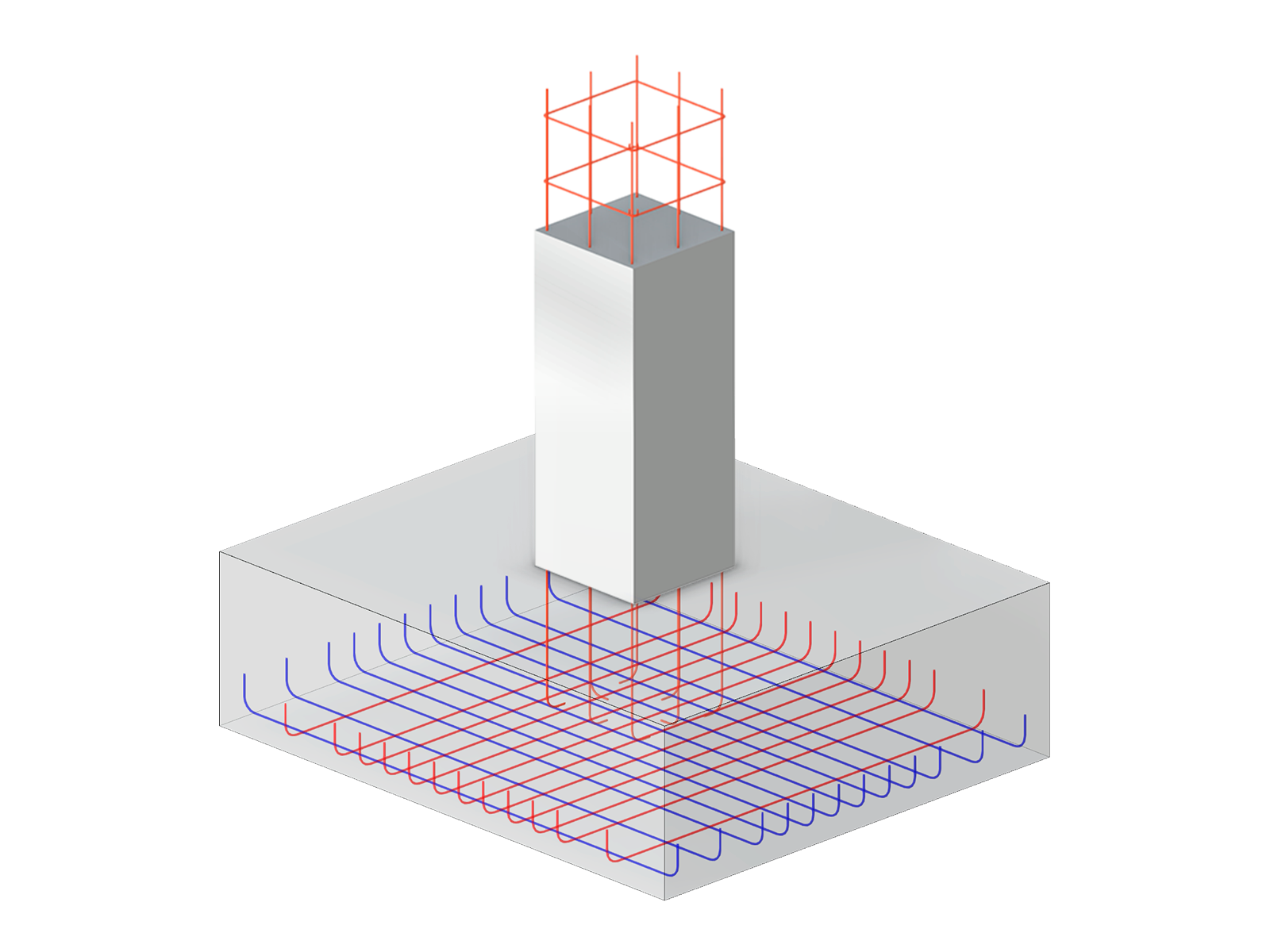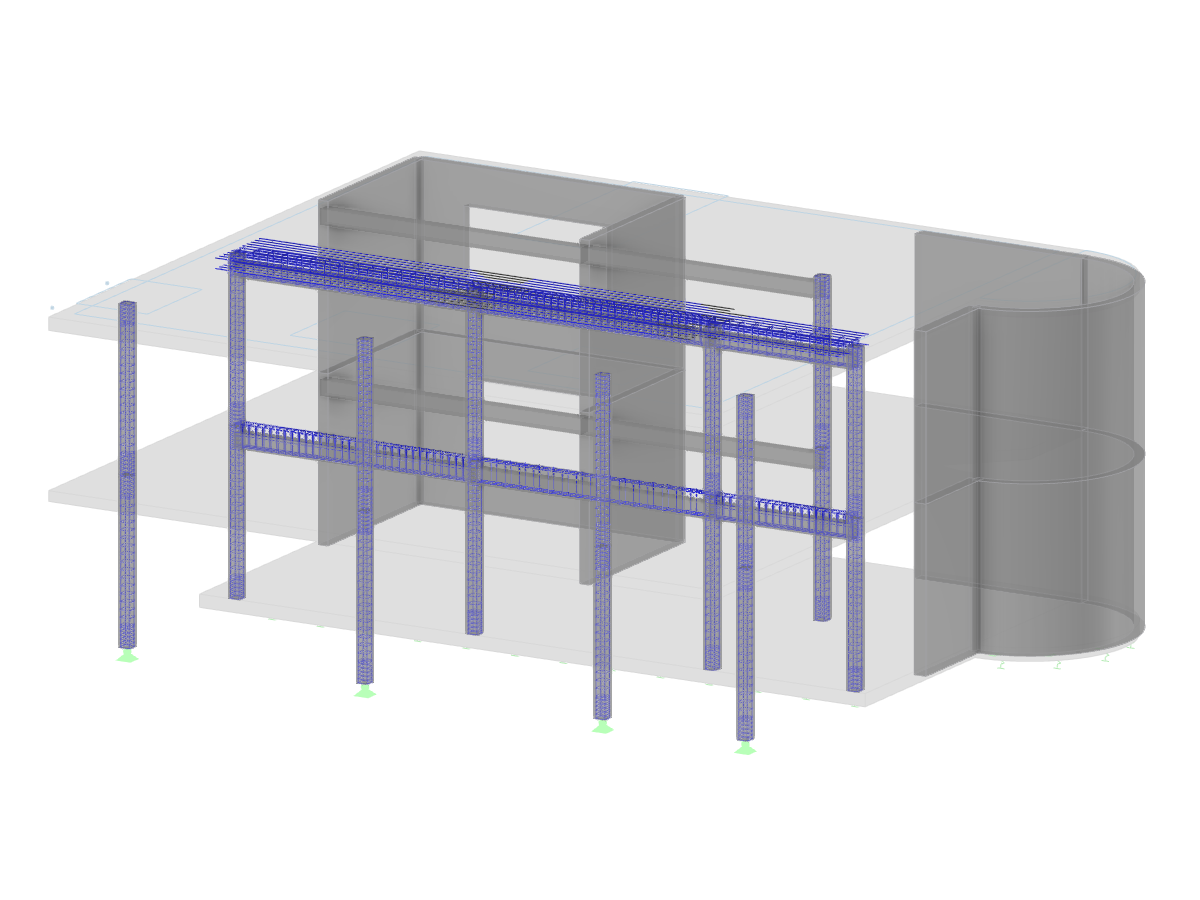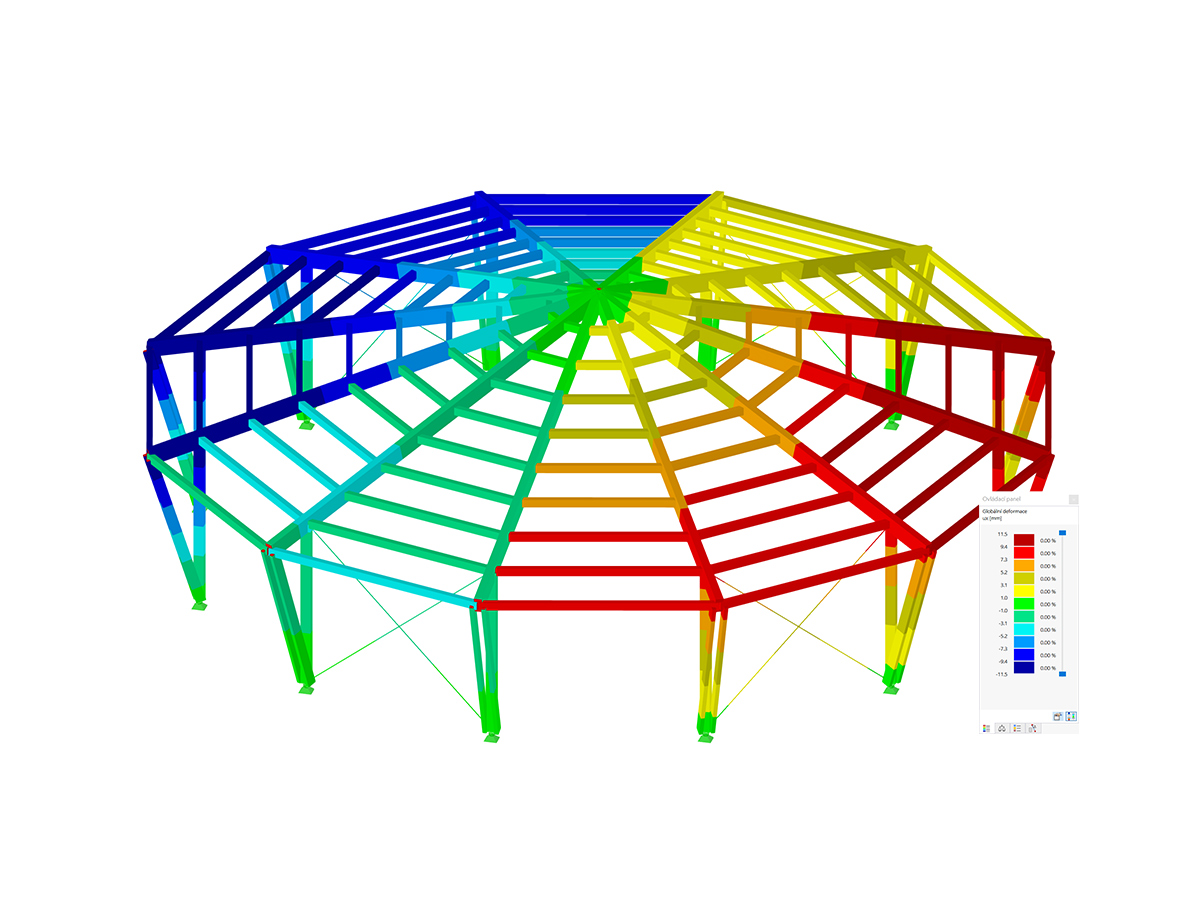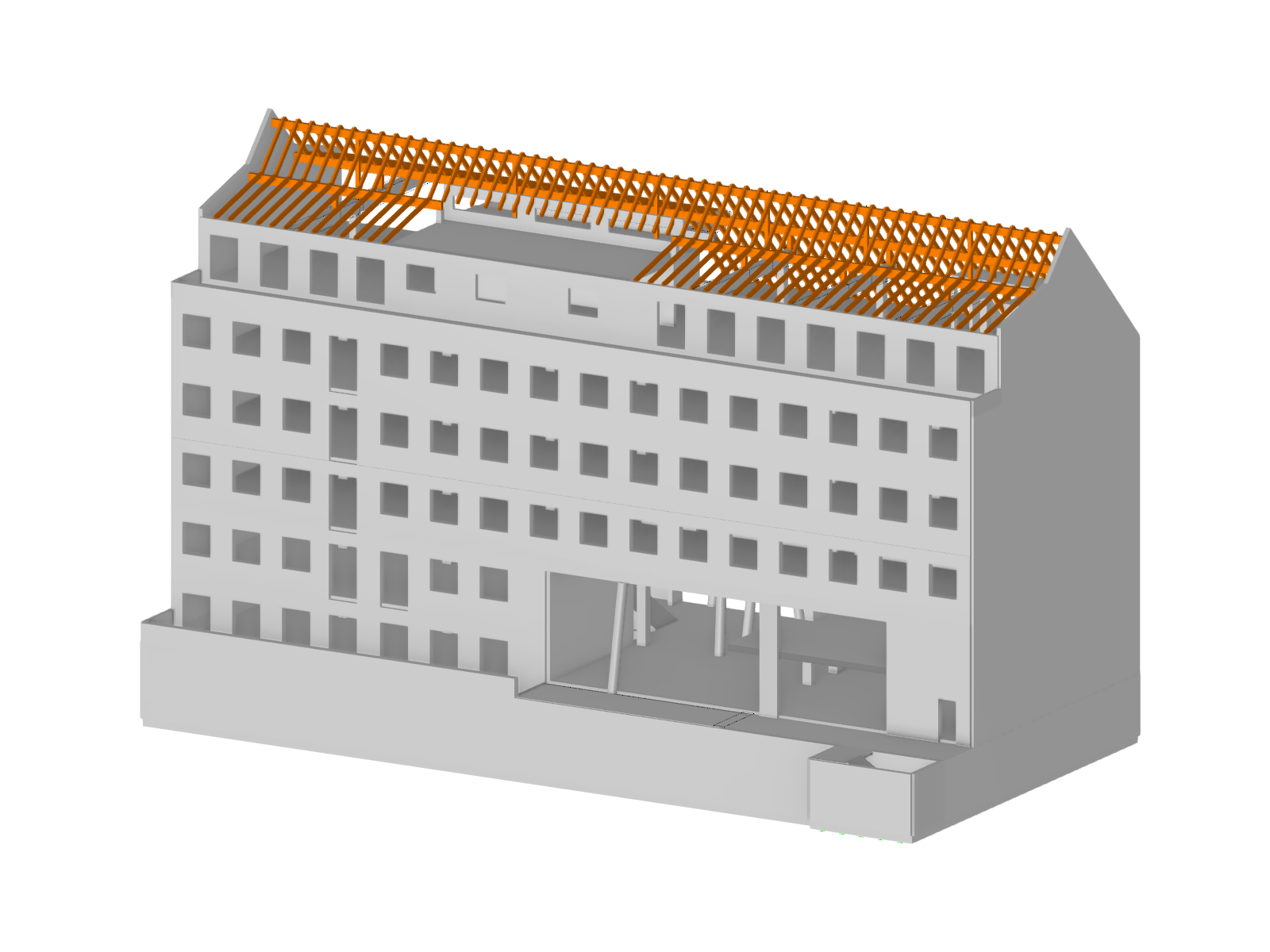When analyzing structural elements susceptible to buckling by using the modules RF‑STABILITY (for RFEM) or RSBUCK (for RSTAB), it might be necessary to activate the internal division of members. If there are, for example, truss members, these are not divided internally. Thus, a global failure shape is determined as the first mode shape in the stability analysis. However, when activating the member divisions, it is clear that a local failure of the structure becomes decisive.
KB 000804 | Activating Internal Member Division for Stability Analysis




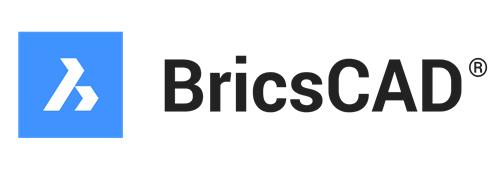
Using the direct interface of RFEM 6 / RSTAB 9 with BricsCAD, you can import and export nodes and lines.
Furthermore, you can export different objects (for example, cross-sections) from RFEM 6 / RSTAB 9 to separate layers in BricksCAD.
Further features include the export of a deformed FE mesh and dimension lines.

The DSTV product interface for steel structures is available in RFEM 6 / RSTAB 9 for transferring pure member structures (including loads, load cases, load combinations, imperfections).
The DSTV interface allows you to exchange data between RFEM 6 / RSTAB 9 and the programs like "Bentley ProStructure 3D", "Tekla Structures", "Bocad", "Intergraph Frameworks", "Graitec Advance Steel", "Cadwork", and many others.
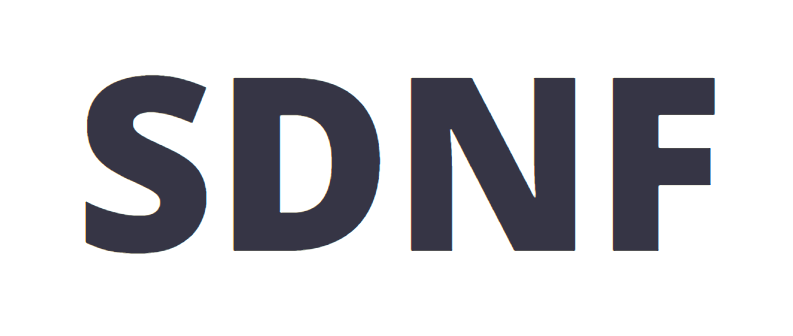
Using the SDNF interface, you can import and export data such as materials, cross-sections, members, and surfaces in RFEM 6 and RSTAB 9. It allows you to exchange the file-based data with programs such as Tekla Structures or Advance Steel.

The DXF II interface is based on a different technology than the DXF interface. It provides additional features, such as the export of deformed meshes, the export of dimension lines, and so on.
Is Revit Add-in installed automatically in RFEM 6?
How can I define RSECTION cross-sections in Grasshopper?
Which interfaces are available for the data exchange between RFEM 6 and HiCAD?



















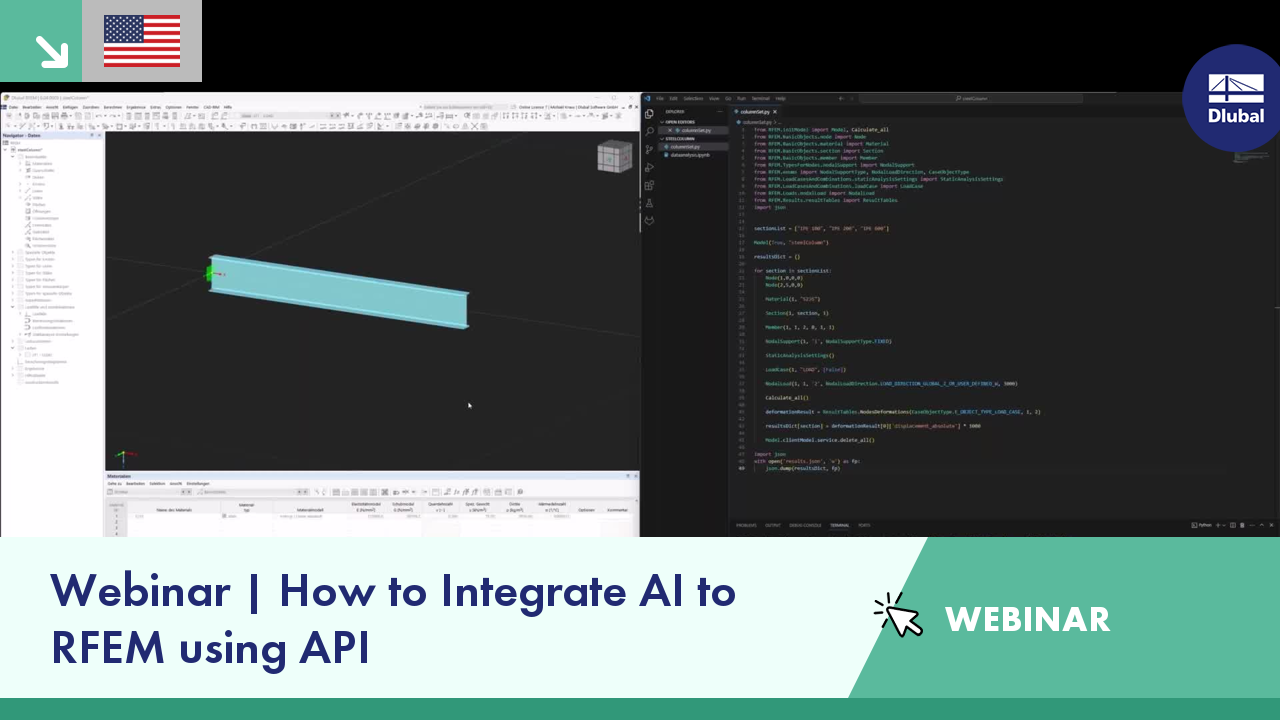













.png?mw=350&hash=d538a044ed58714e93ef2f2fb0fe731b25e855ee)


.jpg?mw=350&hash=7ecb25ca2a1442e4f8137ff368d300efd3534e28)











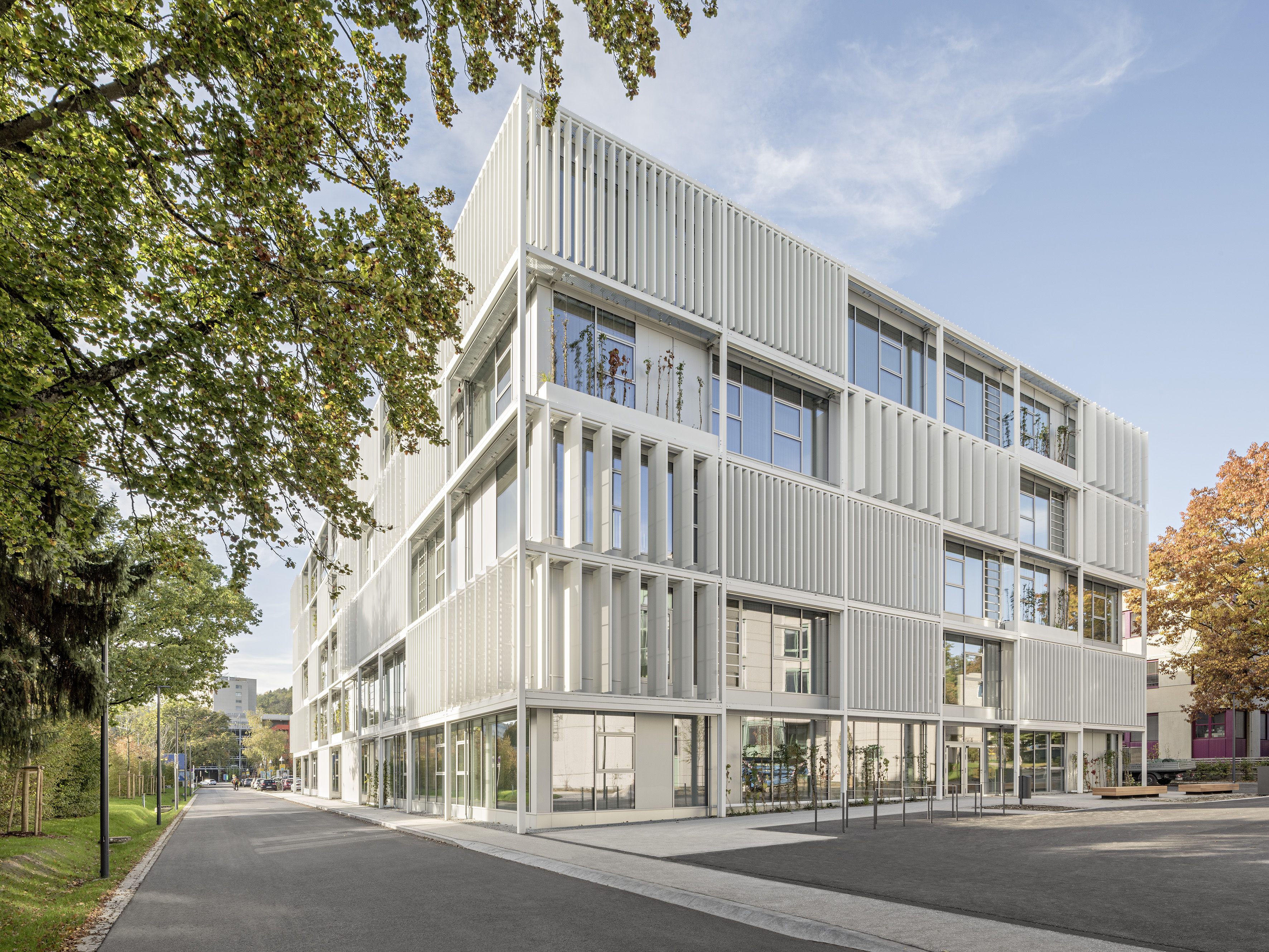-querkraft-hertha-hurnaus.jpg?mw=350&hash=3306957537863c7a7dc17160e2ced5806b35a7fb)





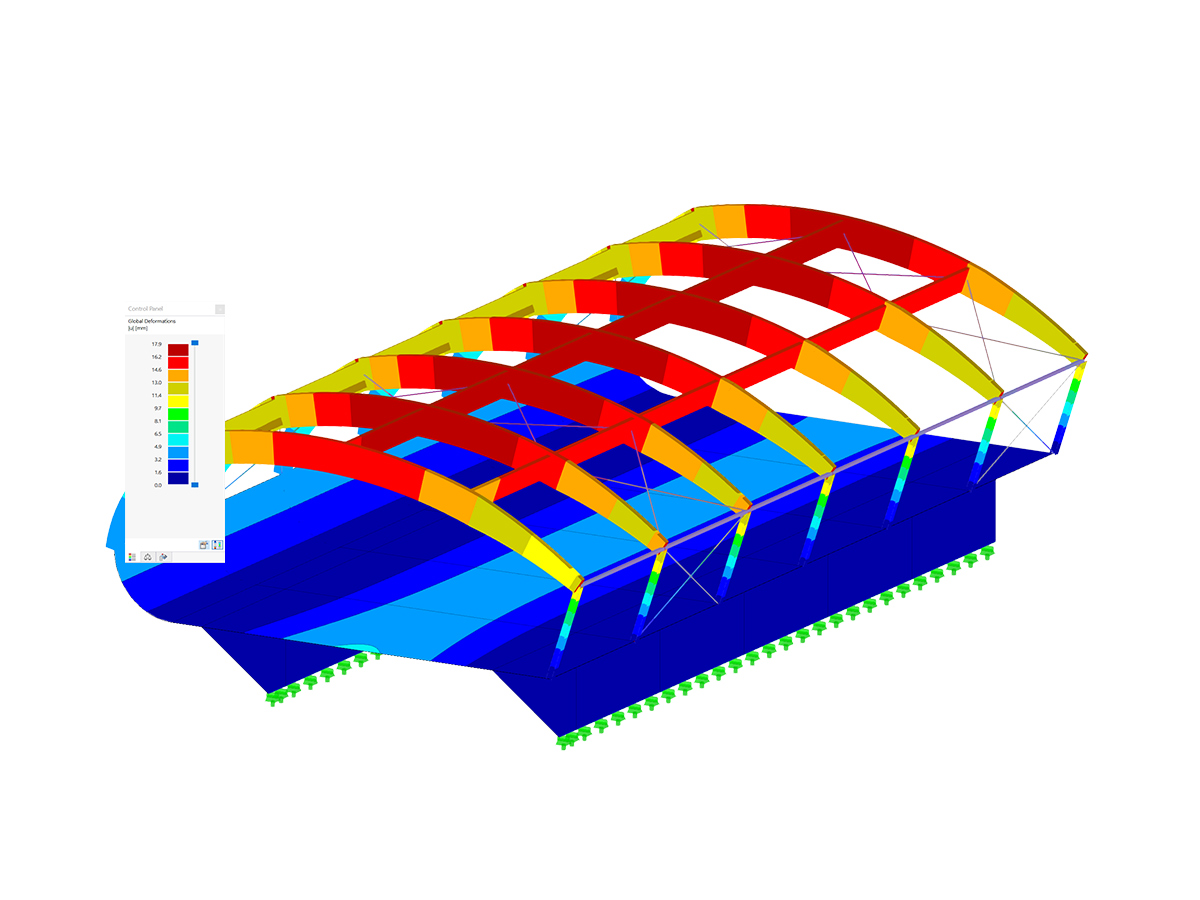

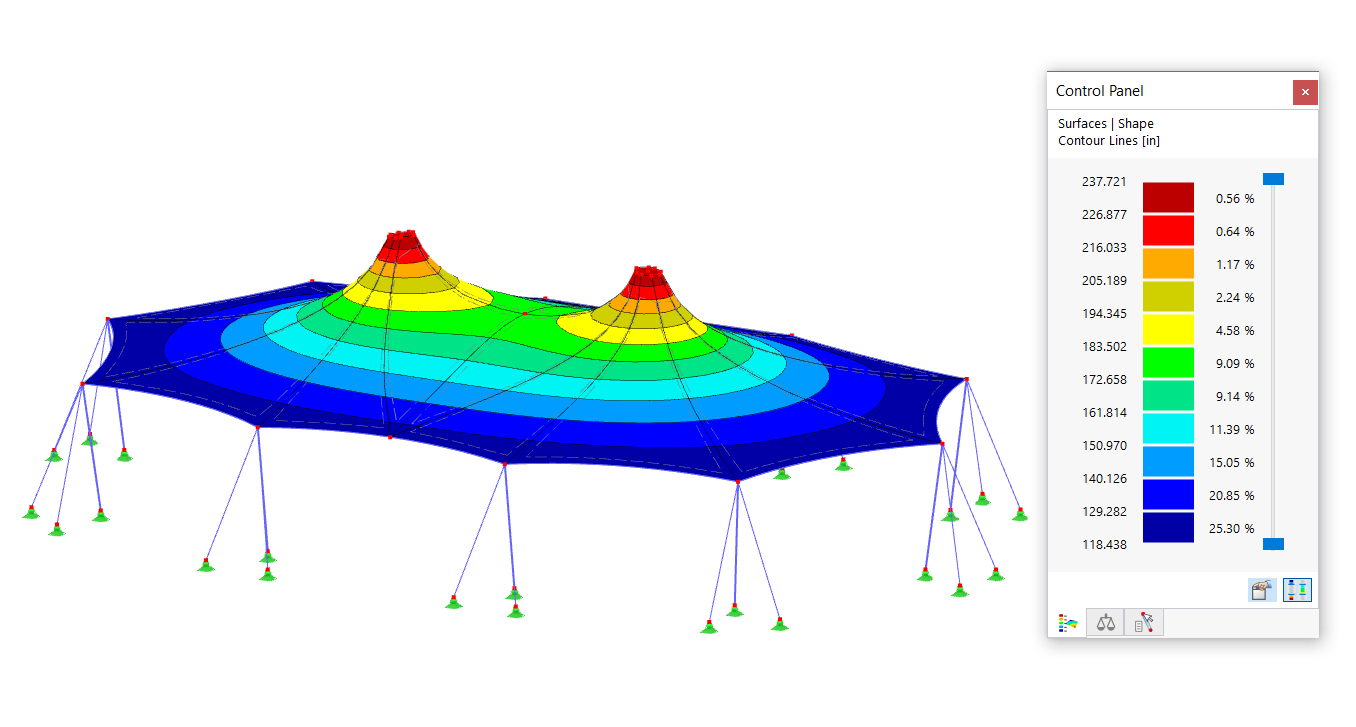
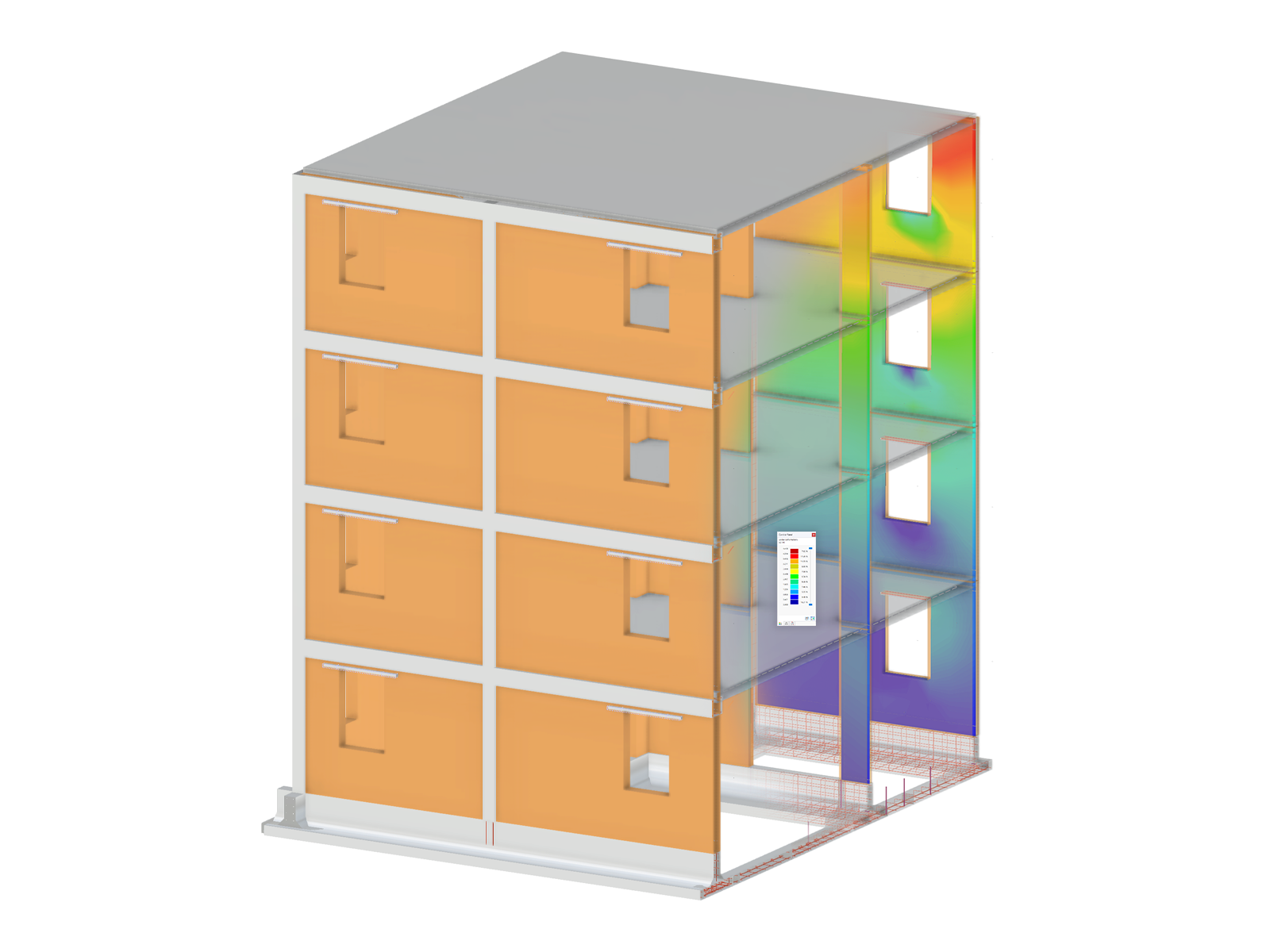
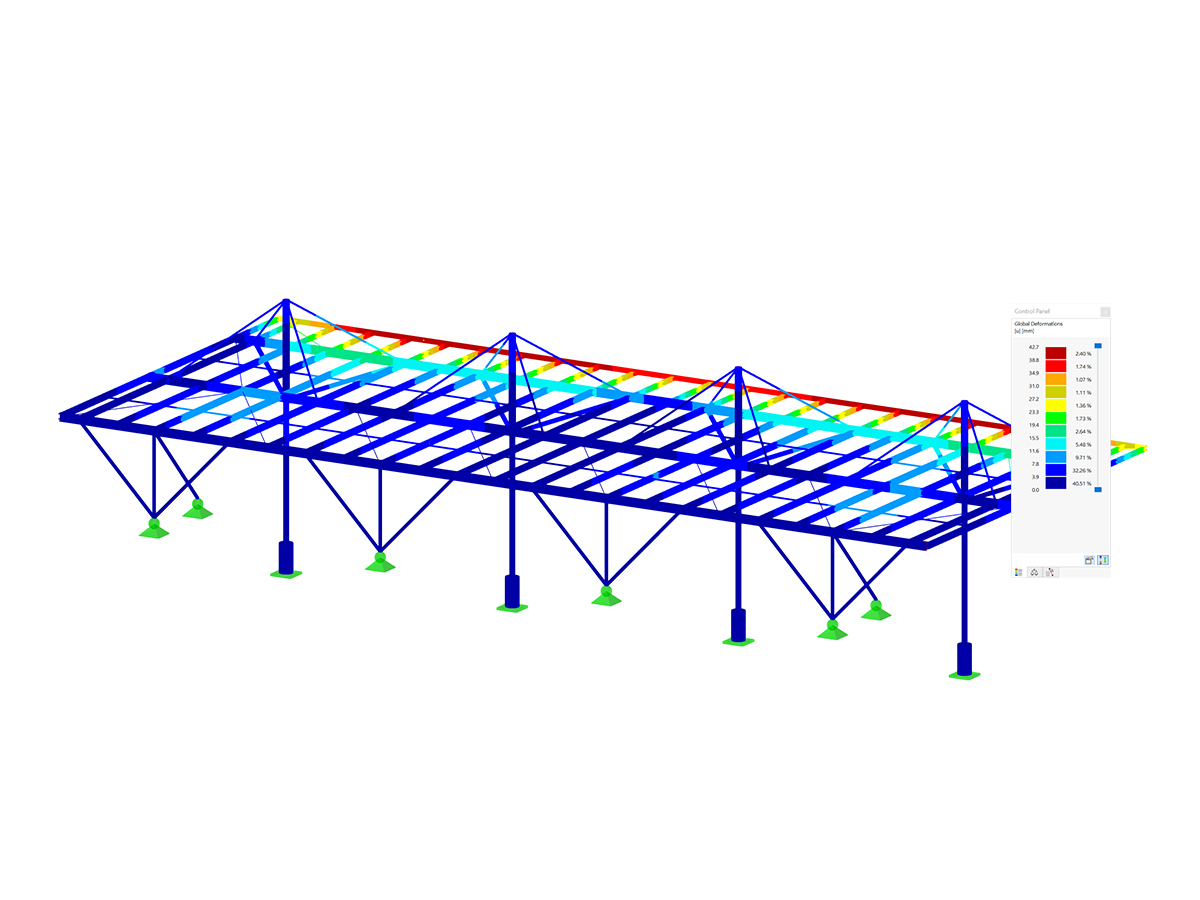
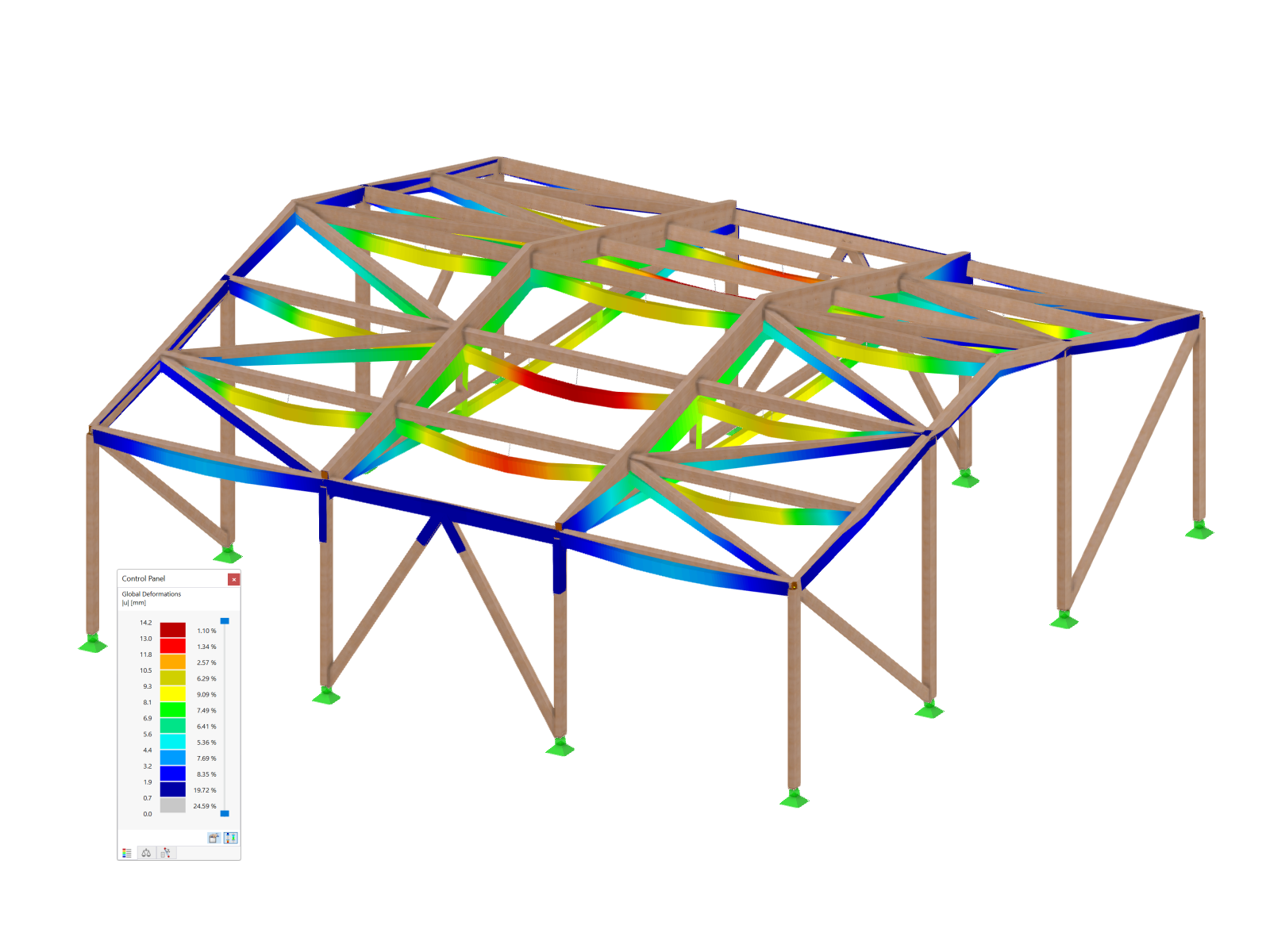
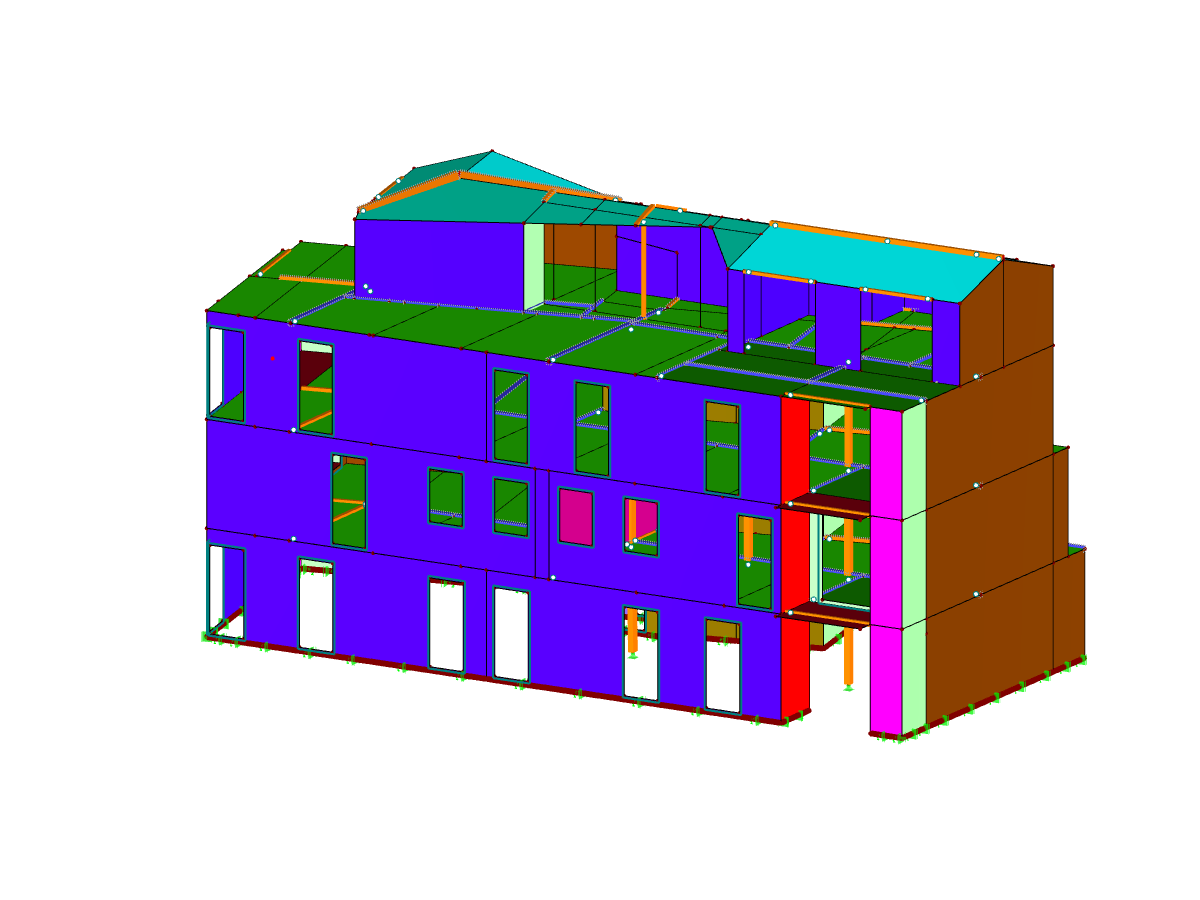
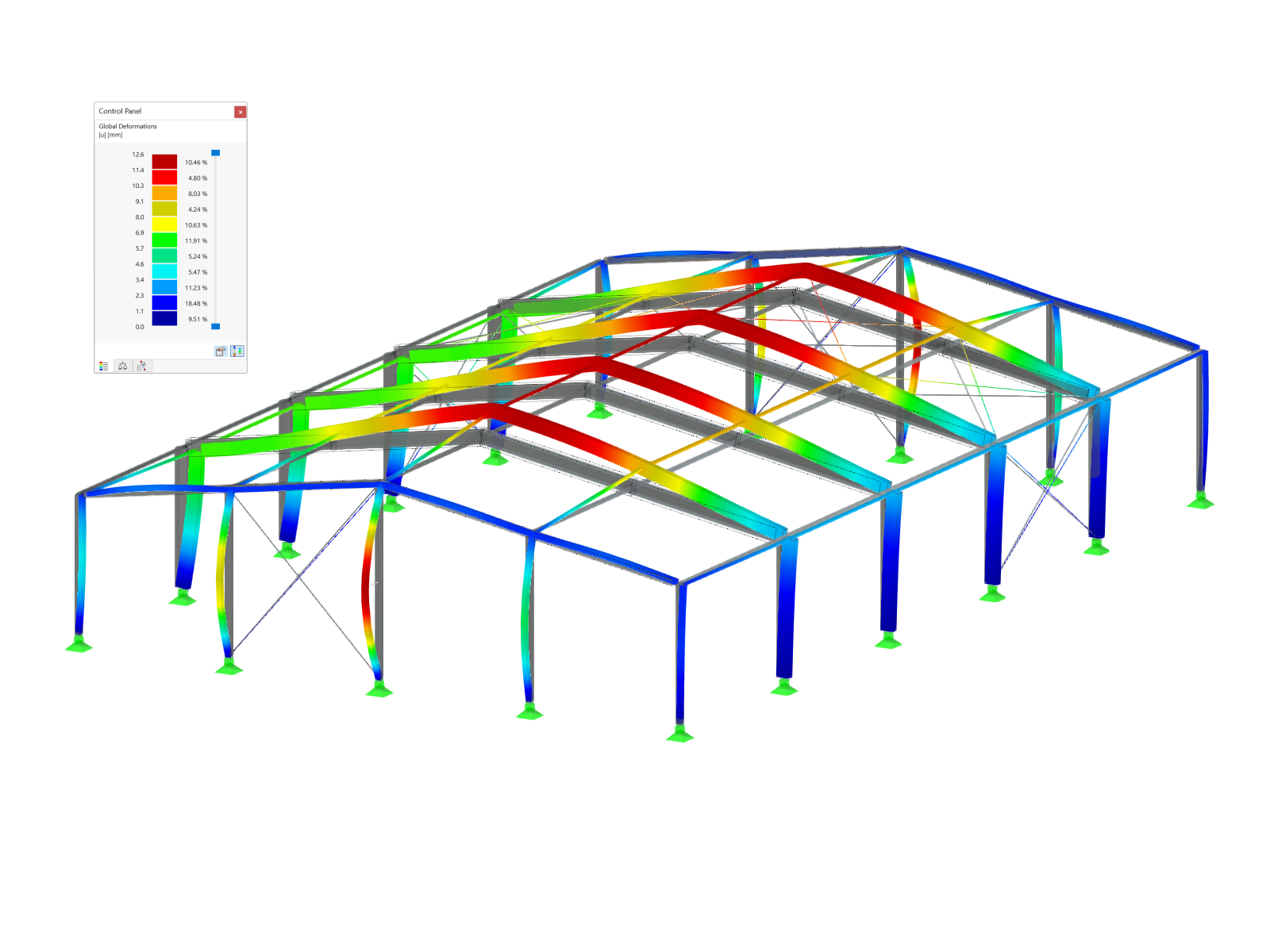
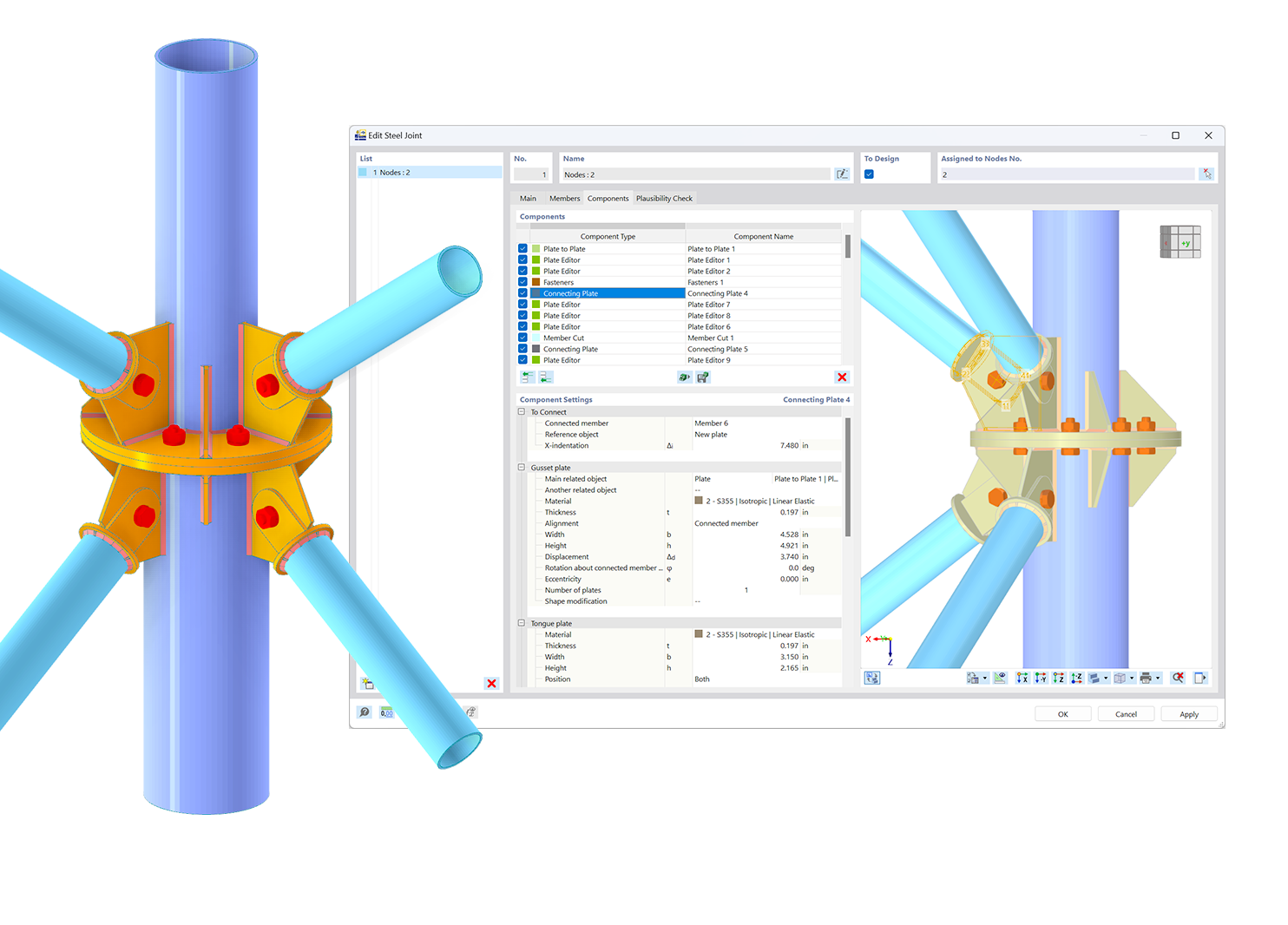.png?mw=600&hash=49b6a289915d28aa461360f7308b092631b1446e)
